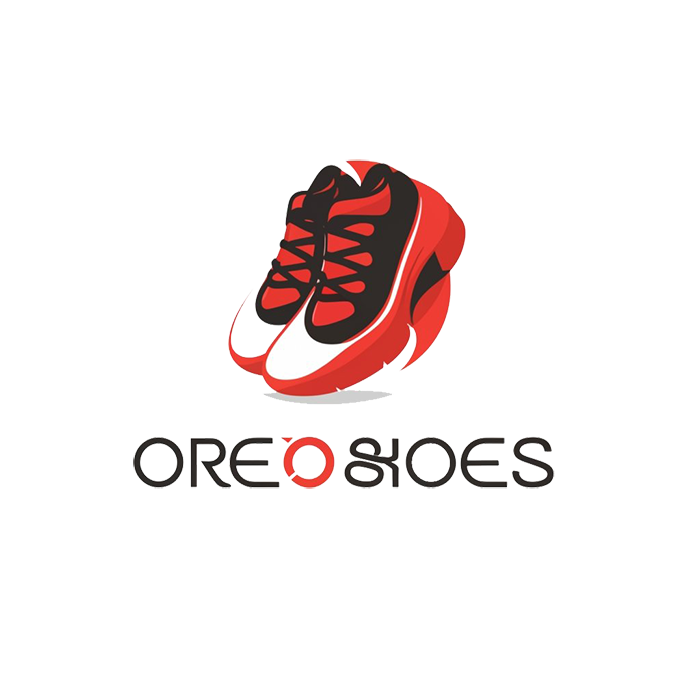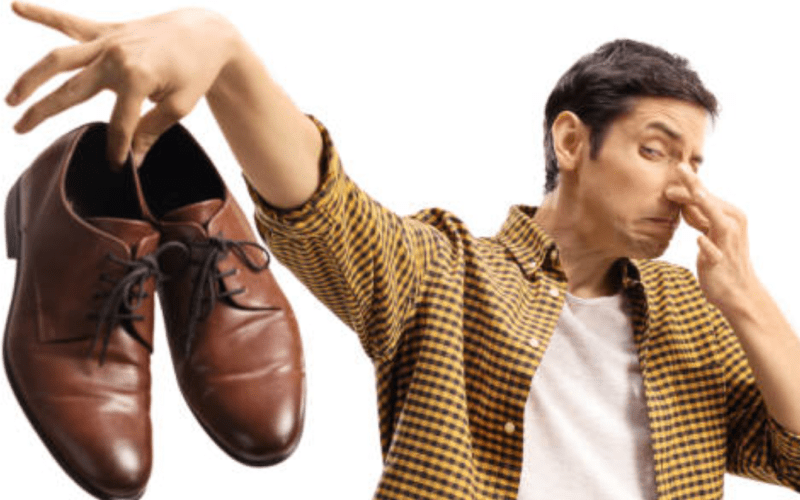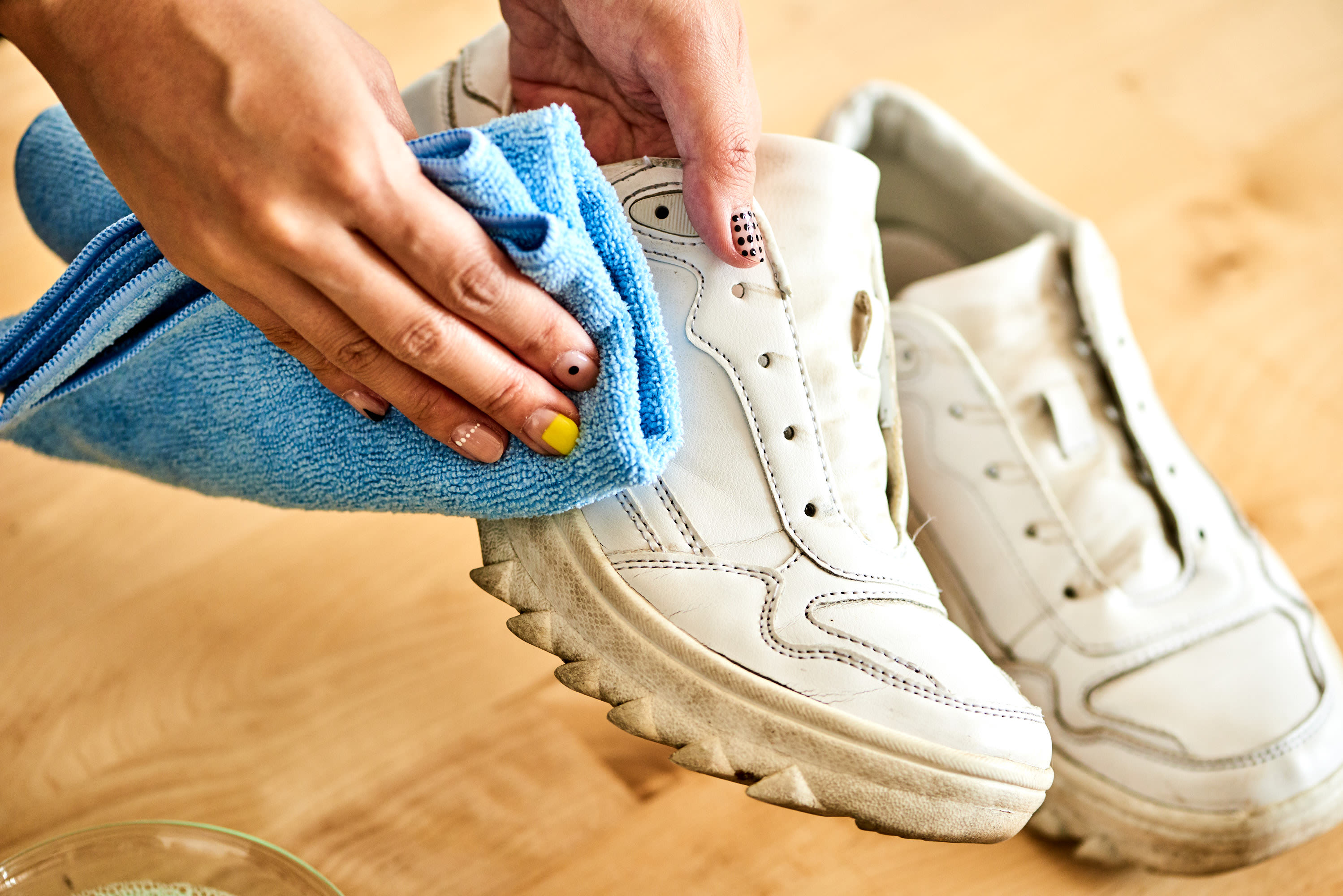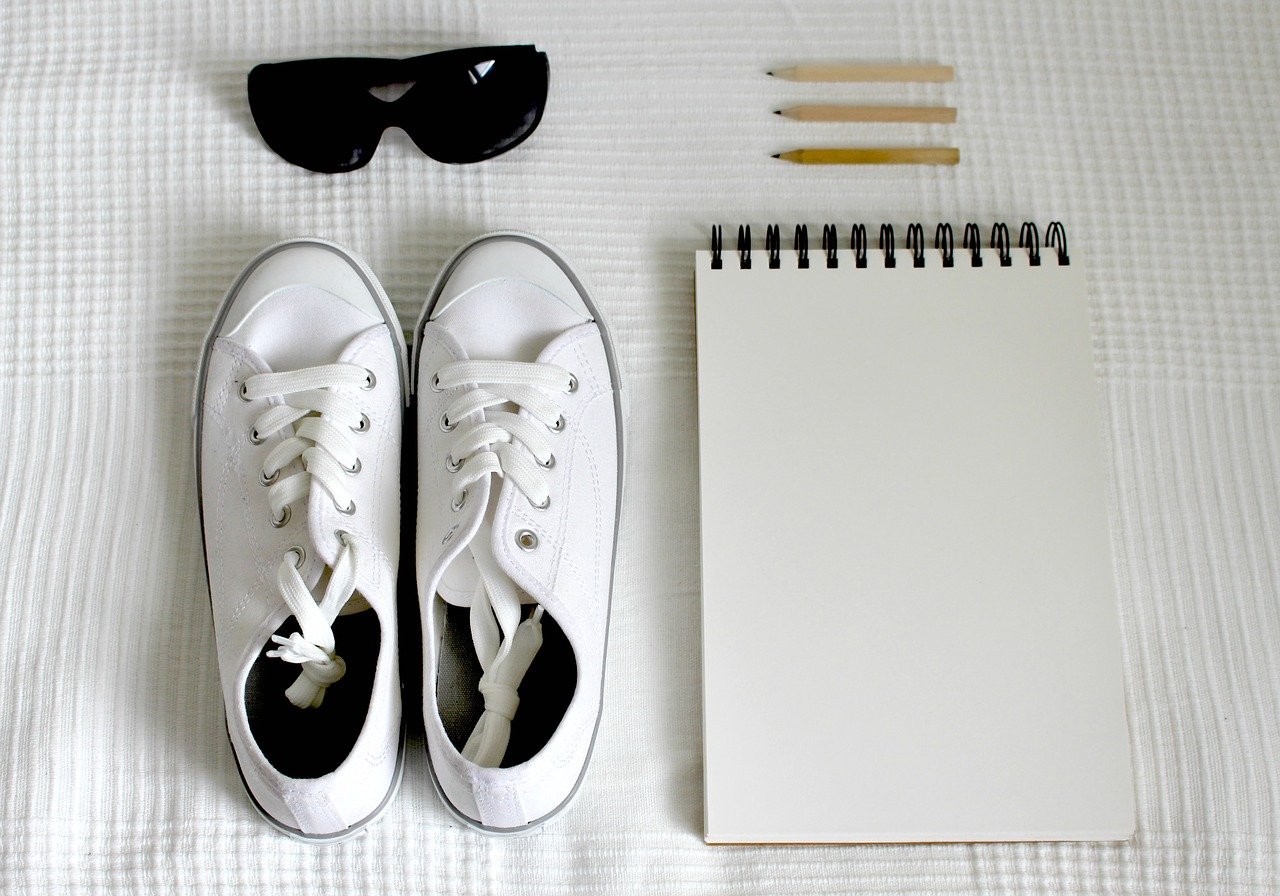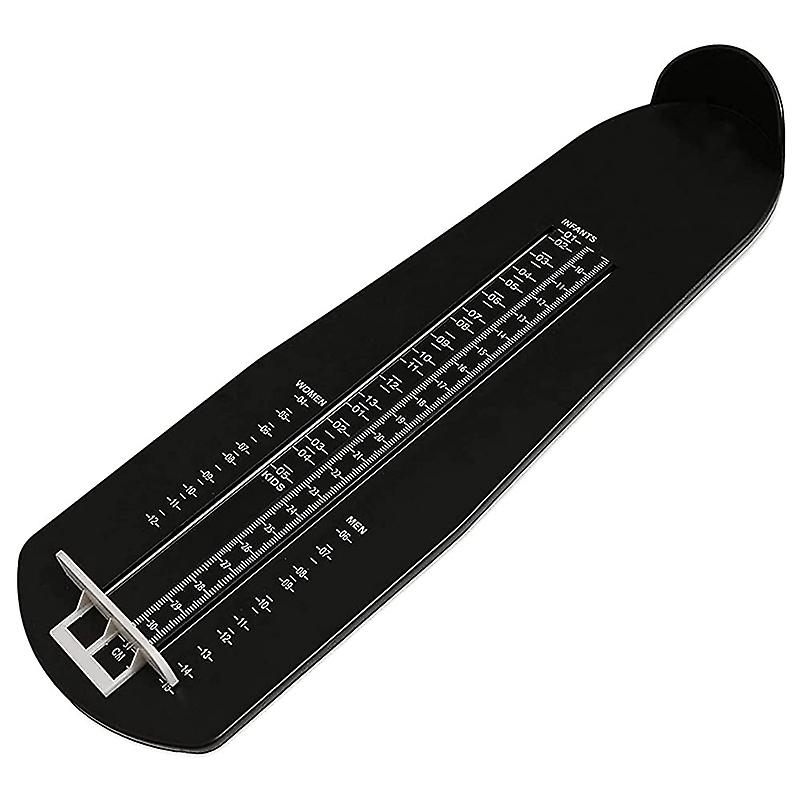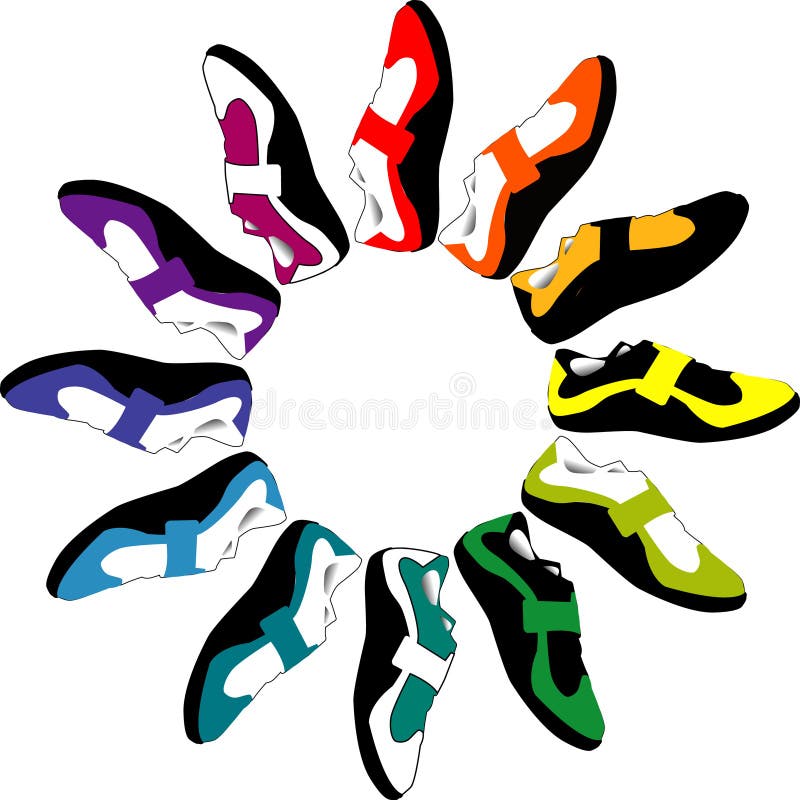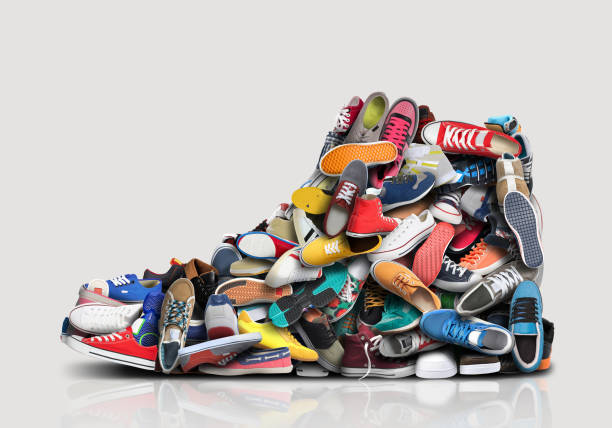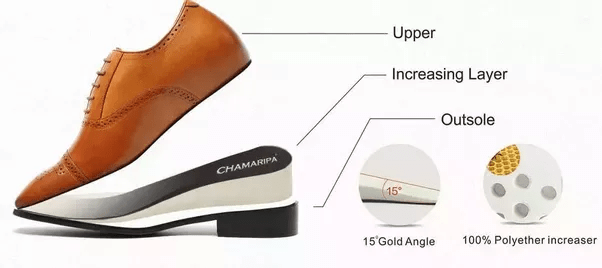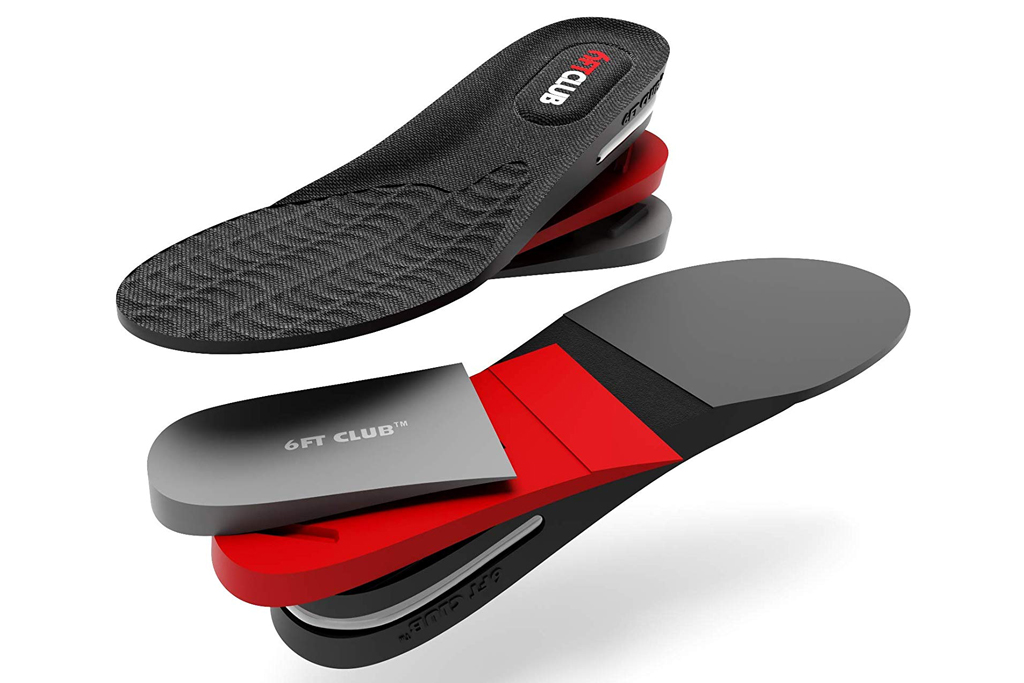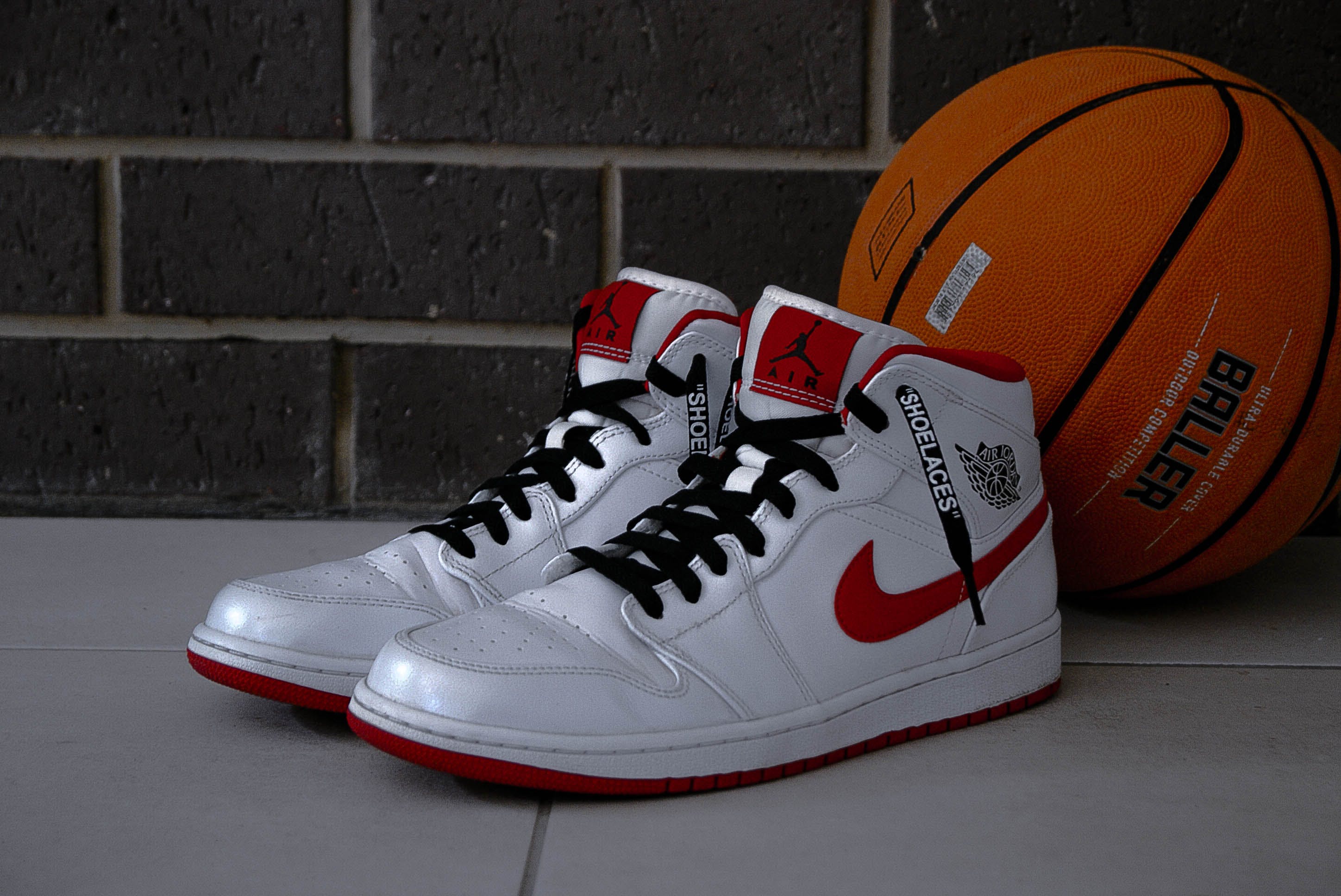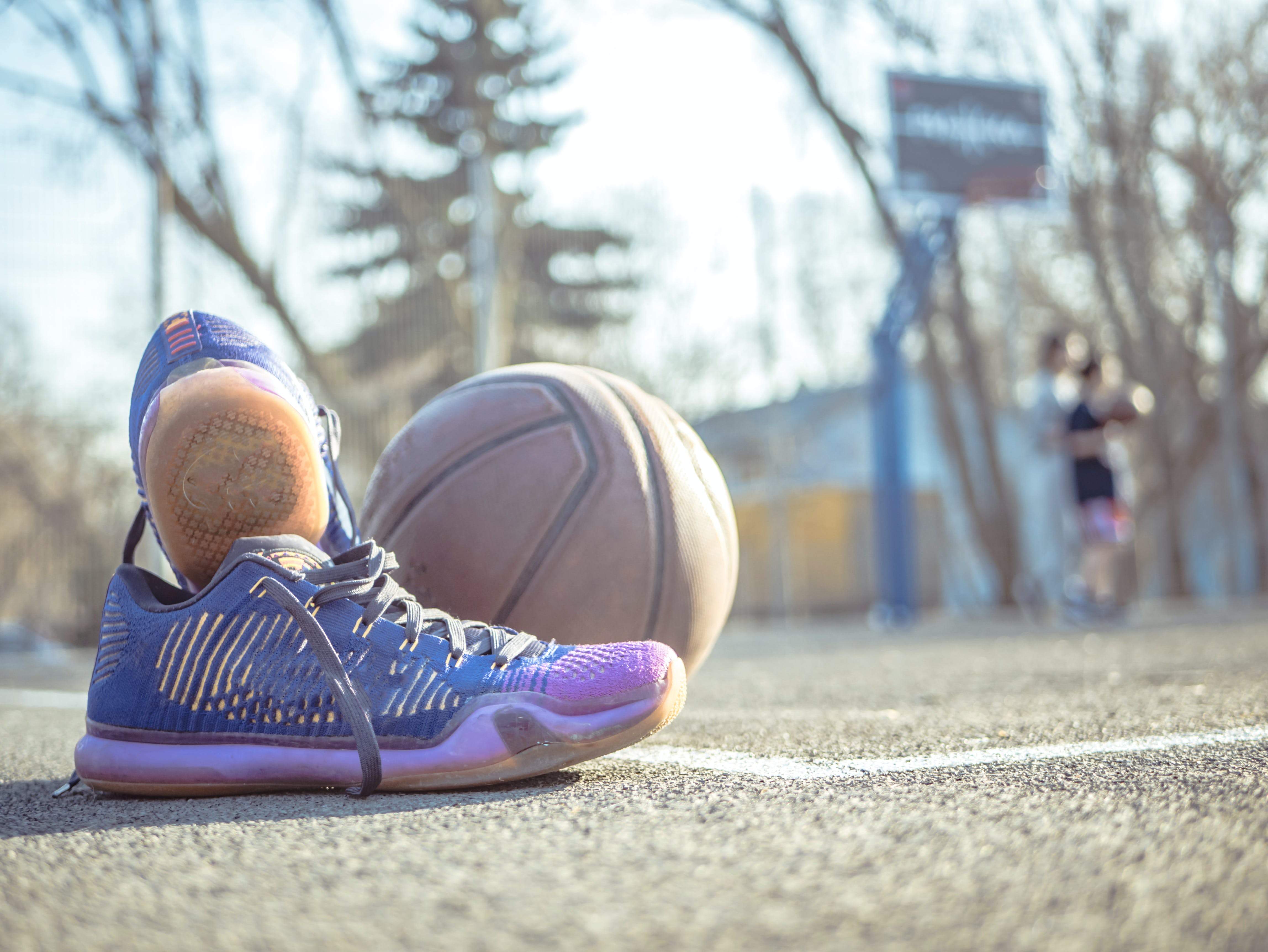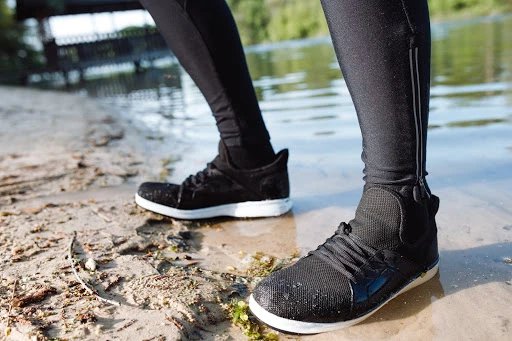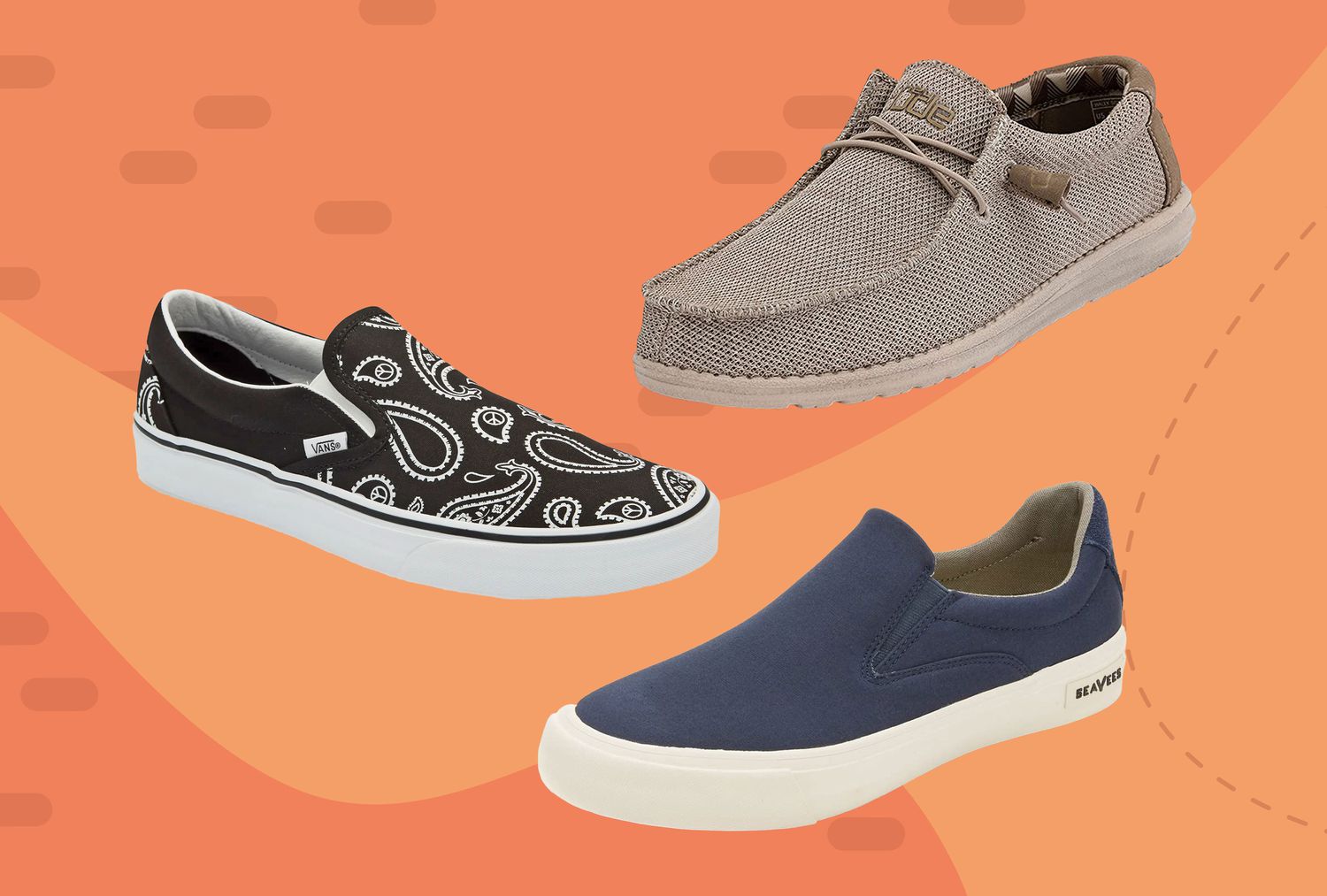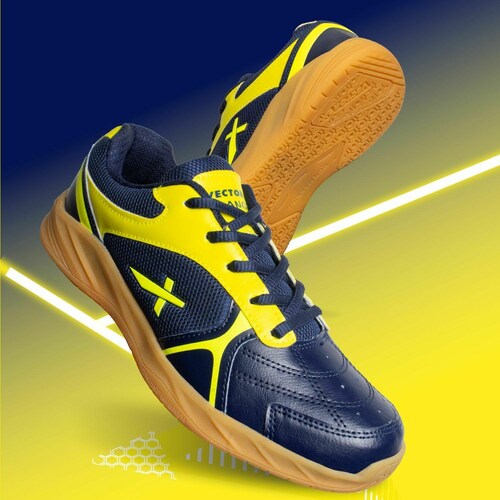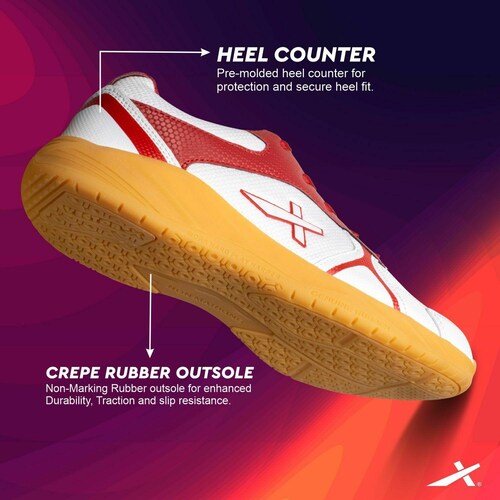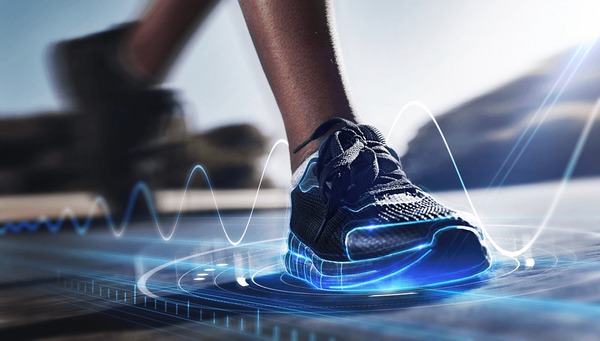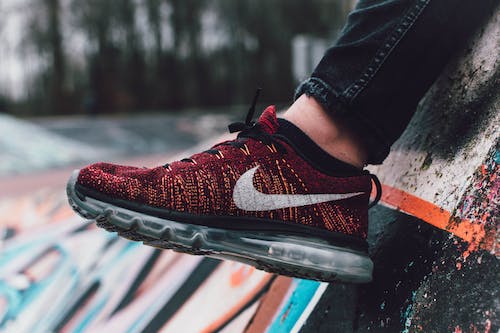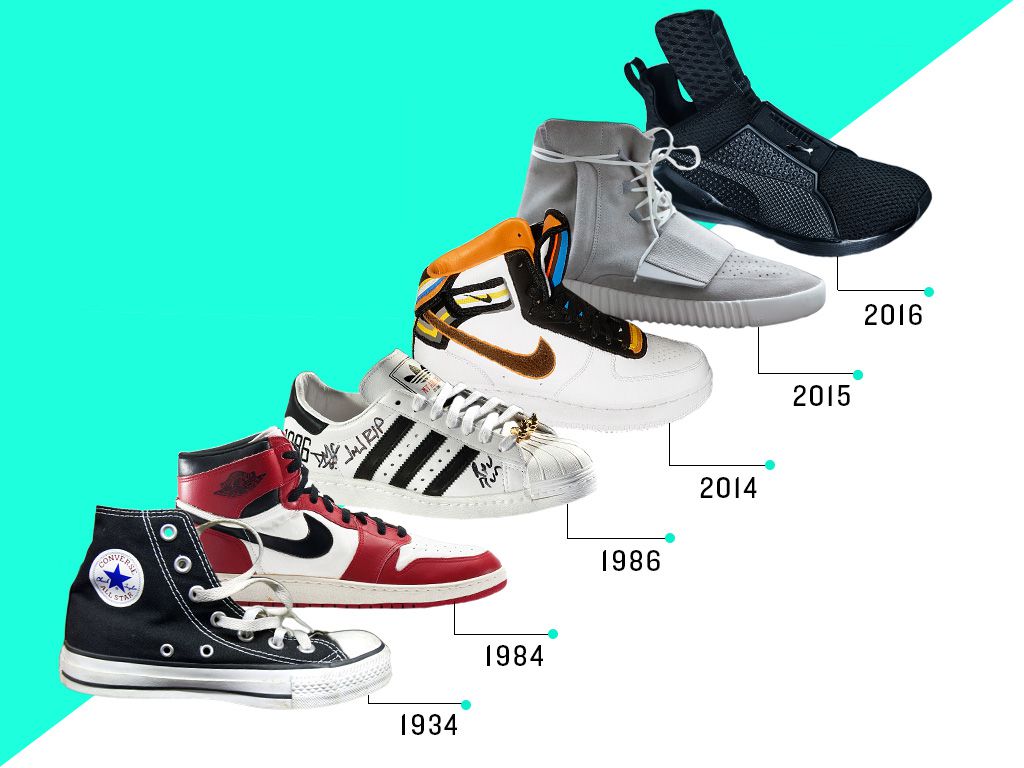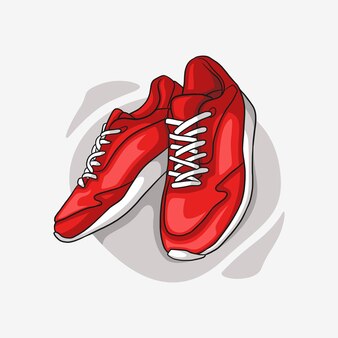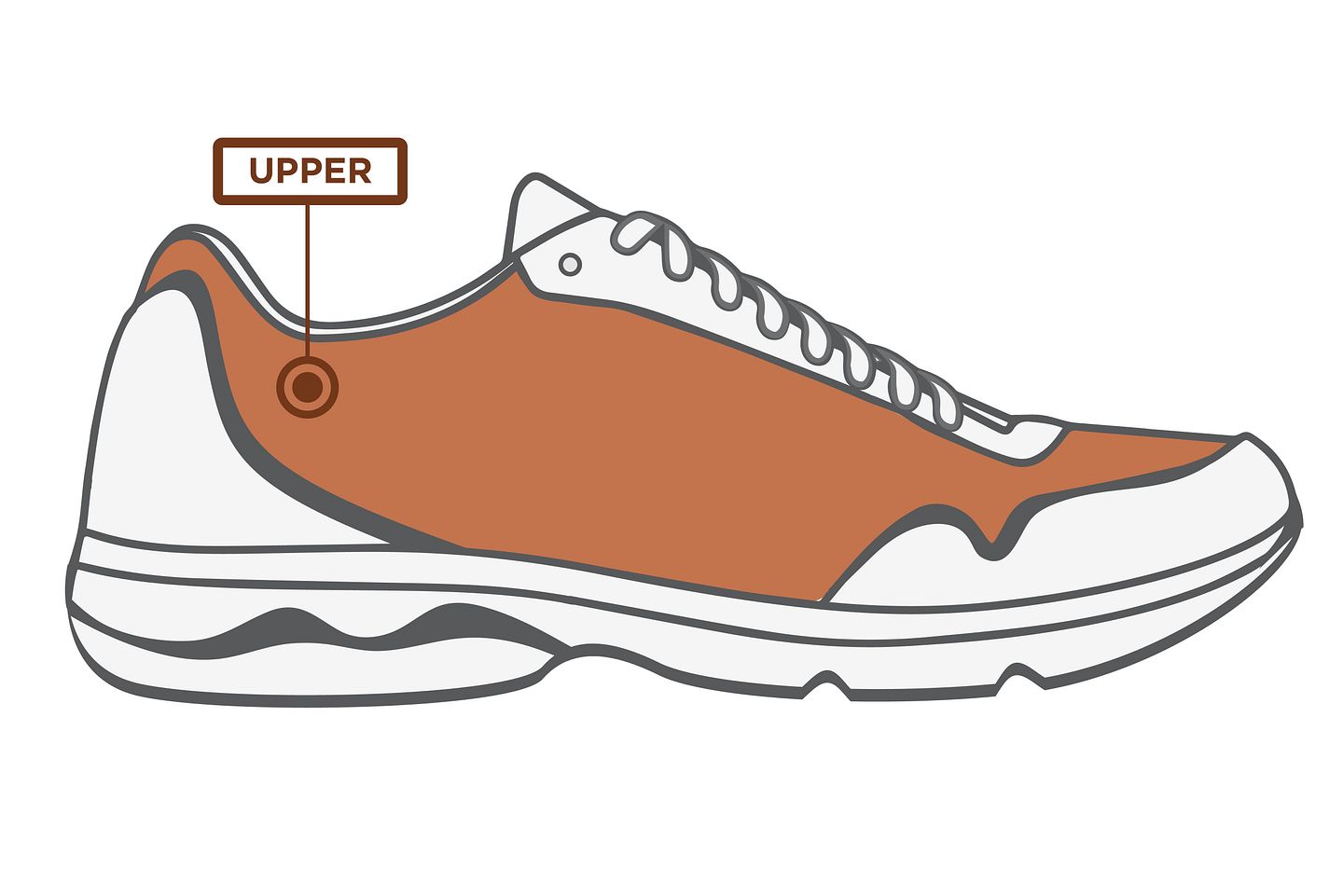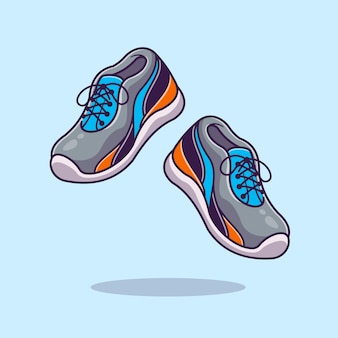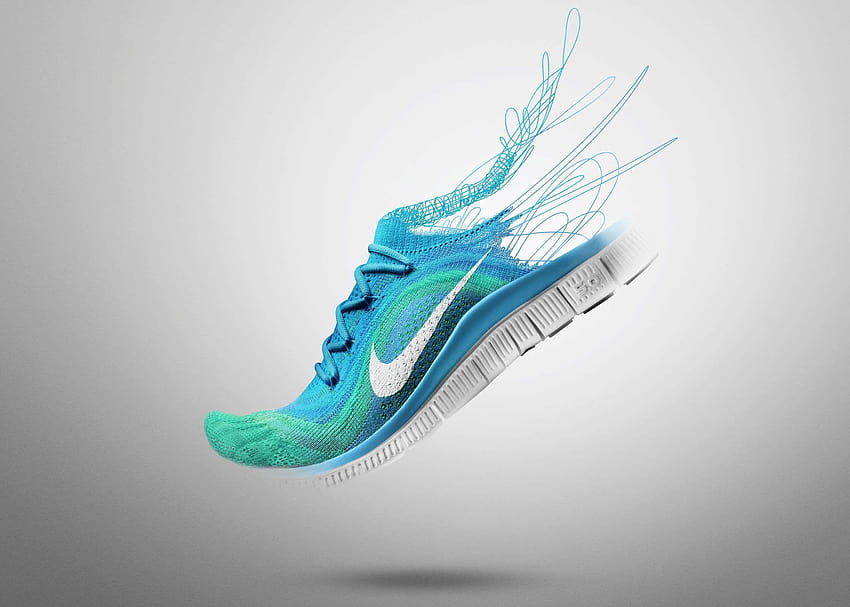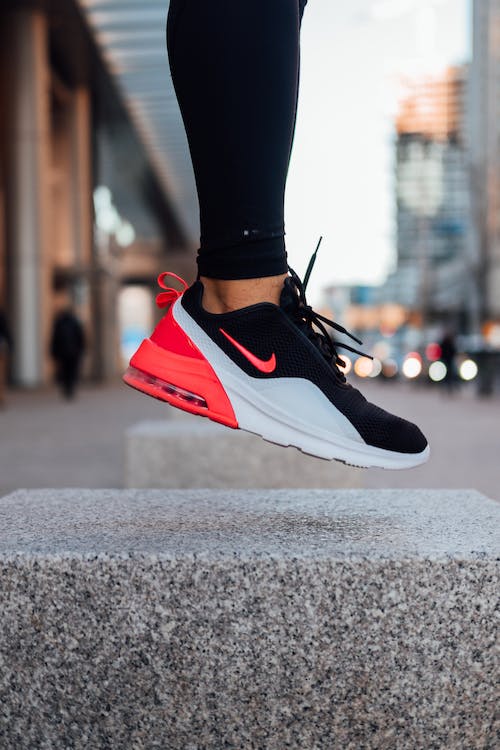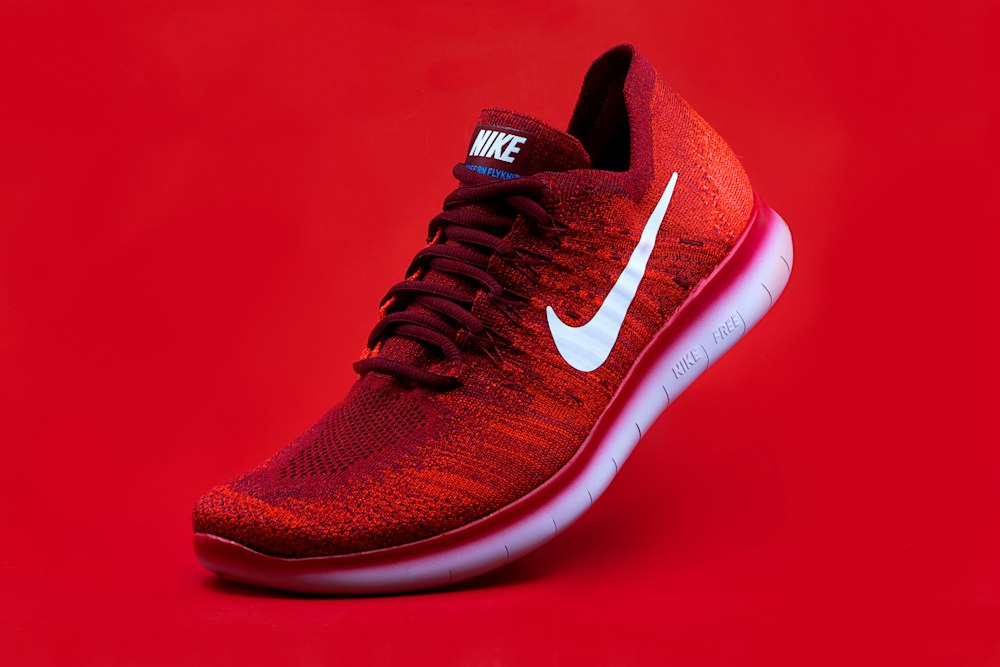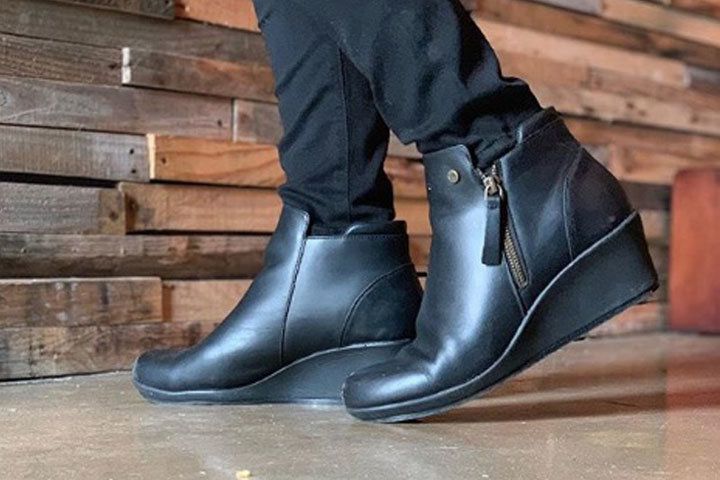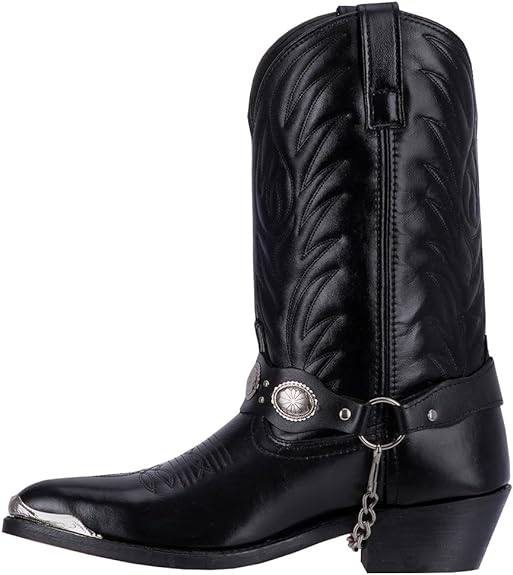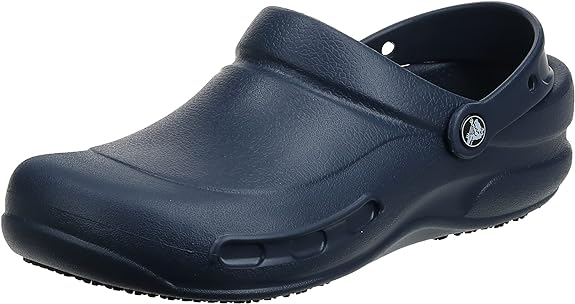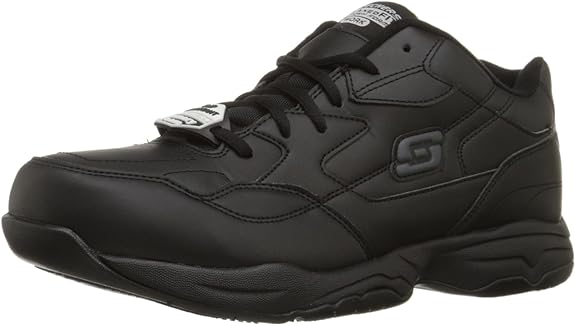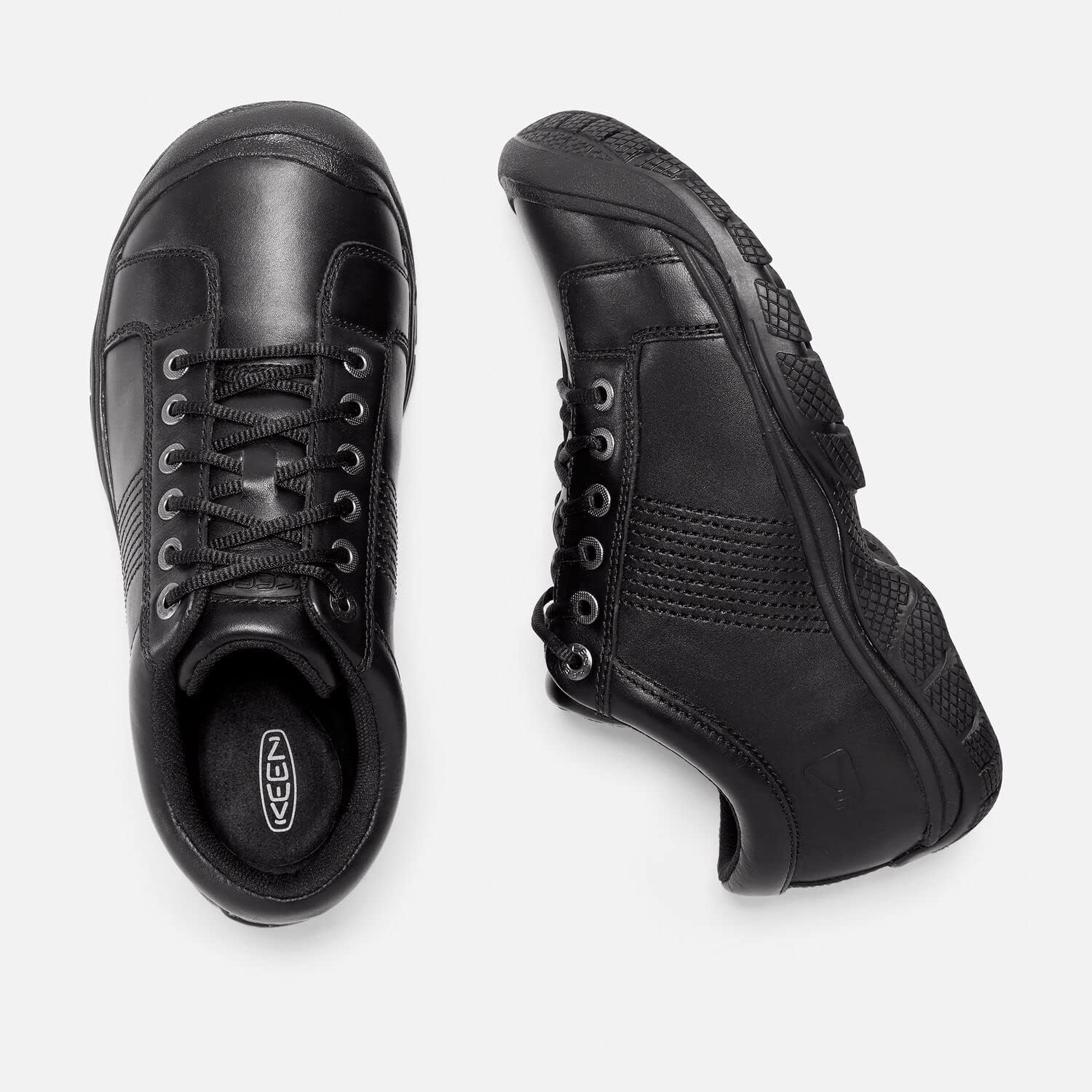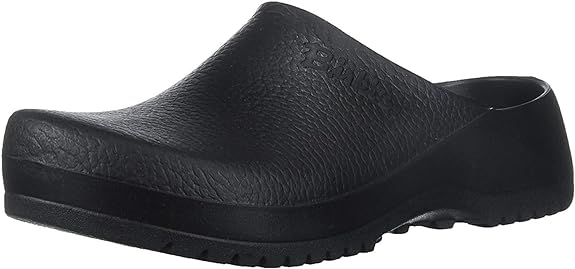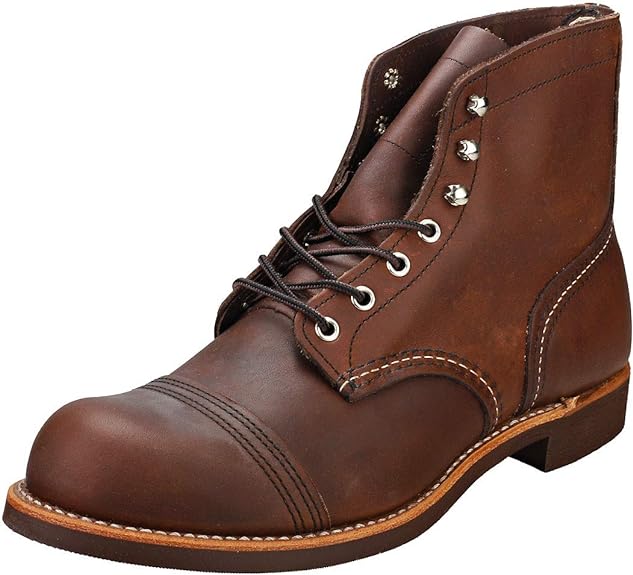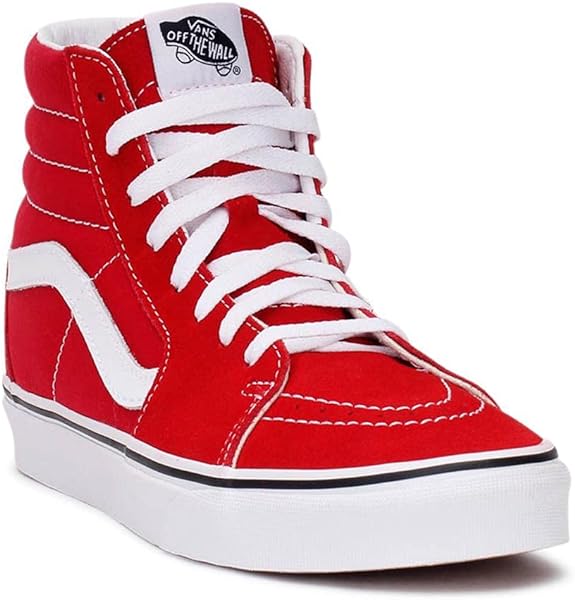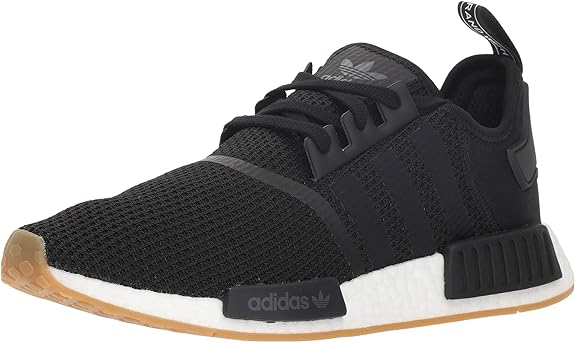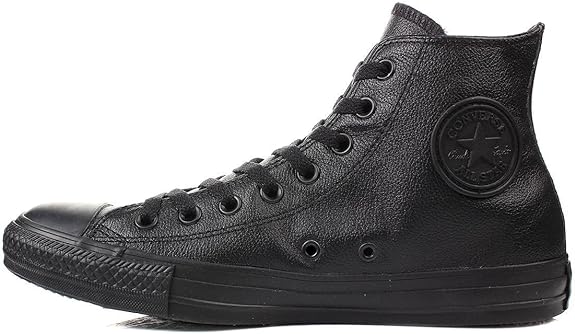Wet shoes are not only uncomfortable and squishy, but they can also damage the material, cause blisters, and create a bad odor. If you want to keep your shoes in good shape and avoid the smell of mold and bacteria, you need to dry them properly and quickly. But how do you do that without damaging them or altering their fit?
In this detailed guide, I will show you some of the best ways to dry your shoes without them smelling, using simple household items and some tips and tricks. Whether your shoes got wet from rain, sweat, or washing, you can follow these steps to dry them out safely and effectively.

Step 1: Clean Your Shoes
Before you start drying your shoes, you should make sure they are clean. If your shoes are covered in dirt or mud, you will want to give them a good cleaning before you dry them. Otherwise, the dirt will get trapped inside the shoes and make them smell worse.
To clean your shoes, you can use a mild detergent solution in warm water and a soft brush or cloth to gently scrub away the debris. You can also use a toothbrush to reach the hard-to-clean areas like the seams and laces. Rinse your shoes well with clean water and squeeze out the excess water.
Step 2: Remove the Insoles and Laces
The next step is to remove the insoles and laces from your shoes. This will help them dry faster and prevent them from retaining moisture and odor. You can air dry these separately or place them near a fan or a heater for a faster drying time. You can also wash your insoles and laces if they are dirty or smelly. You can soak them in a bucket of warm water with some baking soda or vinegar for about 15 minutes, then rinse them well and squeeze out the excess water.
Step 3: Choose a Drying Method
There are many ways to dry your shoes without them smelling, but some are more effective than others. Here are some of the most popular methods that you can try:
Method 1: Use Newspaper
Newspaper is one of the best materials to dry your shoes without them smelling. It is absorbent, cheap, and easy to use. All you need is some crumpled newspaper sheets that you can stuff inside your shoes. The newspaper will soak up the moisture from your shoes and help them keep their shape. You can also wrap some newspaper around the outside of your shoes to dry the outer areas. Make sure to change the newspaper every few hours until your shoes are completely dry.
Method 2: Use Baking Soda
Baking soda is another great option to dry your shoes without them smelling. It is a natural deodorizer that can neutralize the odour-causing bacteria in your shoes. It can also absorb moisture and prevent mold growth. To use baking soda, you need to sprinkle some inside your shoes and on the insoles. You can also put some in a sock or a coffee filter and place it inside your shoes. Leave the baking soda overnight or for a few hours, then shake it out or vacuum it up.
Method 3: Use Dryer Sheets
Dryer sheets are not only good for making your clothes smell fresh, but they can also help you dry your shoes without them smelling. They are soft, fragrant, and moisture-wicking. They can also reduce static electricity and prevent dust from sticking to your shoes to use dryer sheets, you need to place one or two inside each shoe and leave them overnight or for a few hours. You can also rub some dryer sheets on the outside of your shoes to make them smell nice.
Method 4: Use Sunlight
Sunlight is another natural way to dry your shoes without them smelling. It can provide warmth and ventilation that can speed up the drying process. It can also kill bacteria and mold spores that cause odor.To use sunlight, you need to place your shoes outside on a sunny day and let them dry naturally. You can also take off your socks and let them dry as well. However, you should not leave your shoes in direct sunlight for too long, as it can damage the material or cause fading or yellowing.
Step 4: Check Your Shoes
The last step is to check your shoes before wearing them again. You should make sure they are completely dry inside and out, as any moisture left can cause odor or damage.
Additional Tips
If you want to improve the quality of your shoes, you can follow some additional tips:
- Avoid wearing the same pair of shoes every day. Give them some time to air out and breathe between wears.
- Use shoe inserts or deodorizers to keep your shoes fresh and odor-free. You can also spray some rubbing alcohol or vinegar inside your shoes to kill bacteria and fungus.
- Store your shoes in a cool and dry place, away from direct sunlight or heat sources. You can also use cedar blocks or sachets to absorb moisture and prevent mold growth.
- Wash your shoes regularly, especially if they are made of fabric or canvas. You can use a gentle cycle in the washing machine or hand wash them with mild soap and water. Make sure to dry them properly afterwards using one of the methods in the article.
Conclusion
Wet shoes can be a nuisance, but they don’t have to ruin your day or your footwear. By following the steps and methods in this article, you can dry your shoes without them smelling and keep them in good condition. You can also use some extra tips to prevent odor and mold from developing in your shoes. Remember to always clean and dry your shoes properly, and avoid wearing them when they are damp. With these simple tricks, you can enjoy your shoes for a long time and avoid the embarrassment of smelly feet.
